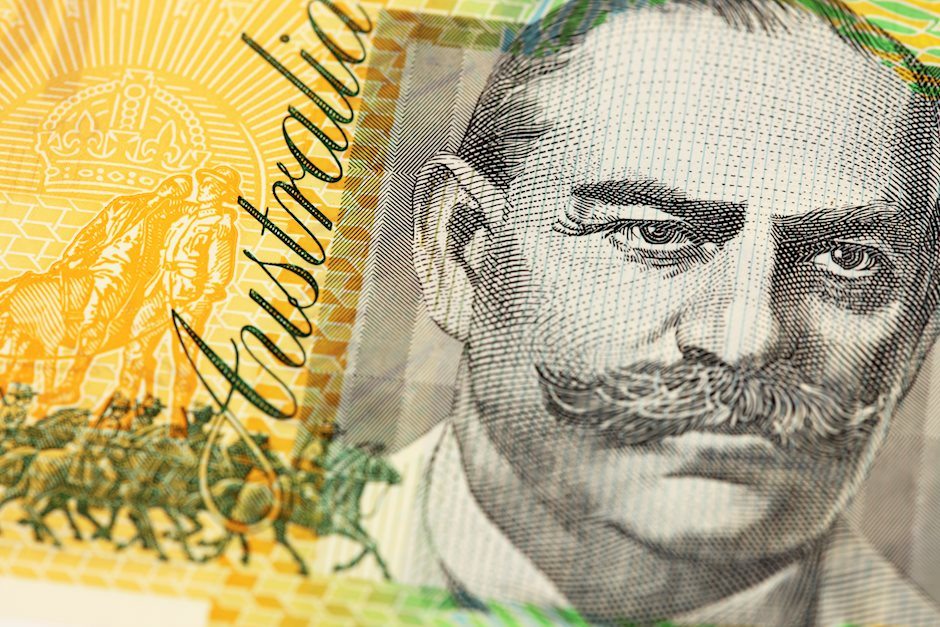AUD/USD drops to near 0.6650 as US Dollar extends recovery
- AUD/USD falls to near 0.6650 as the US Dollar rises further ahead of the US inflation data for August.
- Investors see the US core PCI to have grown steadily by 3.2%.
- Australian Westpac consumer sentiment declined in September after expanding previously.

The AUD/USD pair falls to near 0.6650 in Tuesday’s North American session. The Aussie asset drops as the US Dollar (USD) extends its recovery, with investors focusing on the United States (US) Presidential debate between Vice President Kamala Harris and former President Donald Trump over the November elections. The Harris-Trump presidential debate will have a significant impact on the US Dollar.
The US Dollar Index (DXY), which tracks the Greenback’s value against six major currencies, rises to near 101.70 and approaches a two-week high of 102.00.
The appeal of the US Dollar would strengthen further if the outcome of the presidential debate shows signs of Trump winning the elections. Donald Trump is known for advocating raising tariffs and higher fiscal spending, which would be favorable for the US Dollar.
Market participants will keenly focus on the US inflation data as it would influence expectations for the Federal Reserve (Fed) interest rate decision next week. The Fed is widely anticipated to start reducing interest rates but investors remain uncertain over the potential interest rate cut size.
According to the estimates, the annual headline CPI rose at a slower pace of 2.6% from 2.9% in July. In the same period, the core inflation-which excludes volatile food and energy prices- grew steadily by 3.2%. Signs of price pressures remaining sticky would weaken expectations for Fed large interest rate cuts, while soft figures would strengthen them.
In the Asia-Pacific region, worsening consumer sentiment has weighed on the Australian Dollar (AUD). Australian Westpac-Melbourne Institute consumer sentiment index, released in Tuesday’s Asian trading hours, fell to 0.5% in September after increasing 2.8% in August. Australian consumer sentiment is expected to have declined due to persistent price pressures and higher interest rates by the Reserve Bank of Australia (RBA).
The consumer sentiment could weaken further as the RBA is unlikely to start reducing its key Official Cash Rate (OCR) this year.
Australian Dollar FAQs
One of the most significant factors for the Australian Dollar (AUD) is the level of interest rates set by the Reserve Bank of Australia (RBA). Because Australia is a resource-rich country another key driver is the price of its biggest export, Iron Ore. The health of the Chinese economy, its largest trading partner, is a factor, as well as inflation in Australia, its growth rate and Trade Balance. Market sentiment – whether investors are taking on more risky assets (risk-on) or seeking safe-havens (risk-off) – is also a factor, with risk-on positive for AUD.
The Reserve Bank of Australia (RBA) influences the Australian Dollar (AUD) by setting the level of interest rates that Australian banks can lend to each other. This influences the level of interest rates in the economy as a whole. The main goal of the RBA is to maintain a stable inflation rate of 2-3% by adjusting interest rates up or down. Relatively high interest rates compared to other major central banks support the AUD, and the opposite for relatively low. The RBA can also use quantitative easing and tightening to influence credit conditions, with the former AUD-negative and the latter AUD-positive.
China is Australia’s largest trading partner so the health of the Chinese economy is a major influence on the value of the Australian Dollar (AUD). When the Chinese economy is doing well it purchases more raw materials, goods and services from Australia, lifting demand for the AUD, and pushing up its value. The opposite is the case when the Chinese economy is not growing as fast as expected. Positive or negative surprises in Chinese growth data, therefore, often have a direct impact on the Australian Dollar and its pairs.
Iron Ore is Australia’s largest export, accounting for $118 billion a year according to data from 2021, with China as its primary destination. The price of Iron Ore, therefore, can be a driver of the Australian Dollar. Generally, if the price of Iron Ore rises, AUD also goes up, as aggregate demand for the currency increases. The opposite is the case if the price of Iron Ore falls. Higher Iron Ore prices also tend to result in a greater likelihood of a positive Trade Balance for Australia, which is also positive of the AUD.
The Trade Balance, which is the difference between what a country earns from its exports versus what it pays for its imports, is another factor that can influence the value of the Australian Dollar. If Australia produces highly sought after exports, then its currency will gain in value purely from the surplus demand created from foreign buyers seeking to purchase its exports versus what it spends to purchase imports. Therefore, a positive net Trade Balance strengthens the AUD, with the opposite effect if the Trade Balance is negative.
Author

Sagar Dua
FXStreet
Sagar Dua is associated with the financial markets from his college days. Along with pursuing post-graduation in Commerce in 2014, he started his markets training with chart analysis.

















